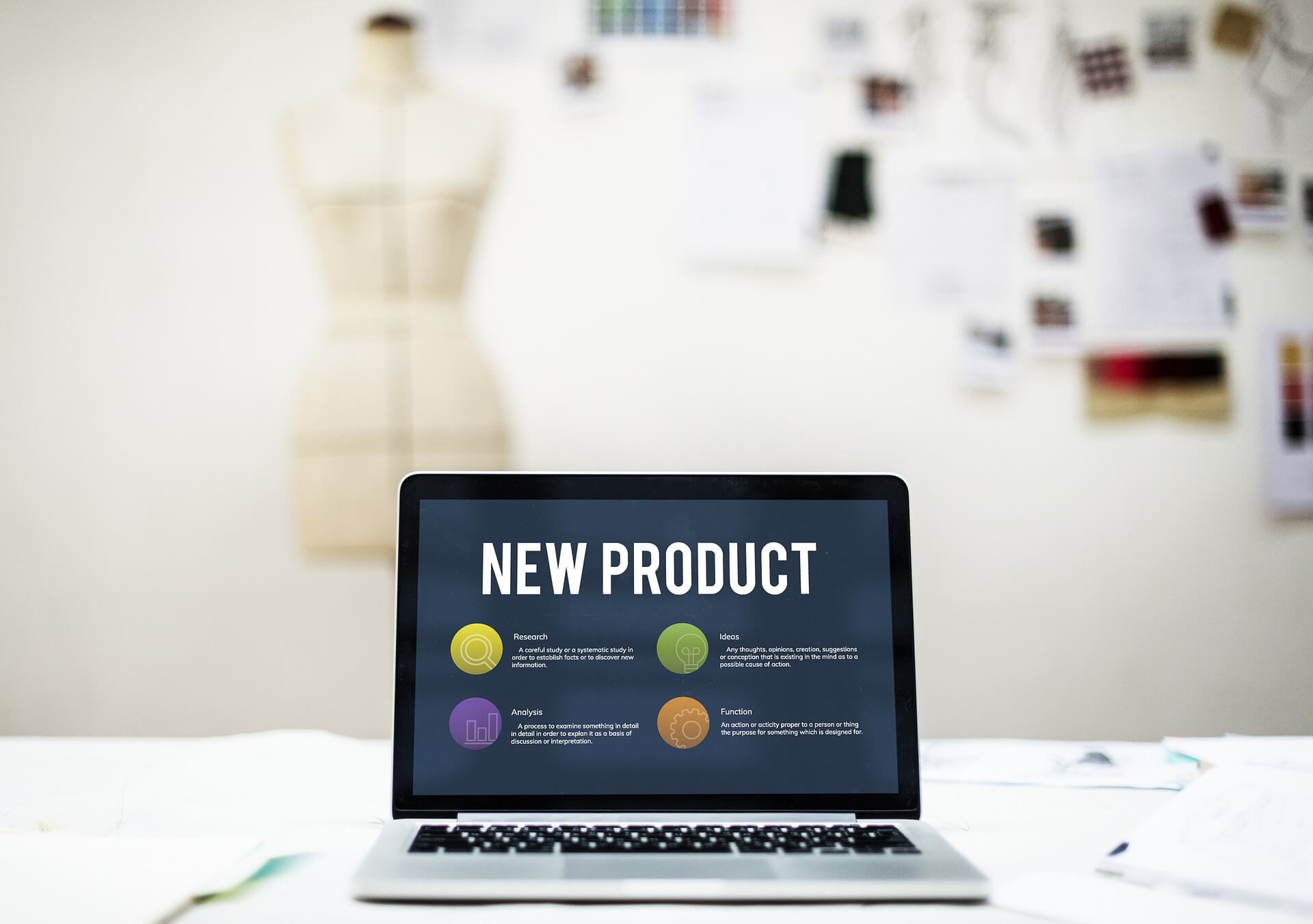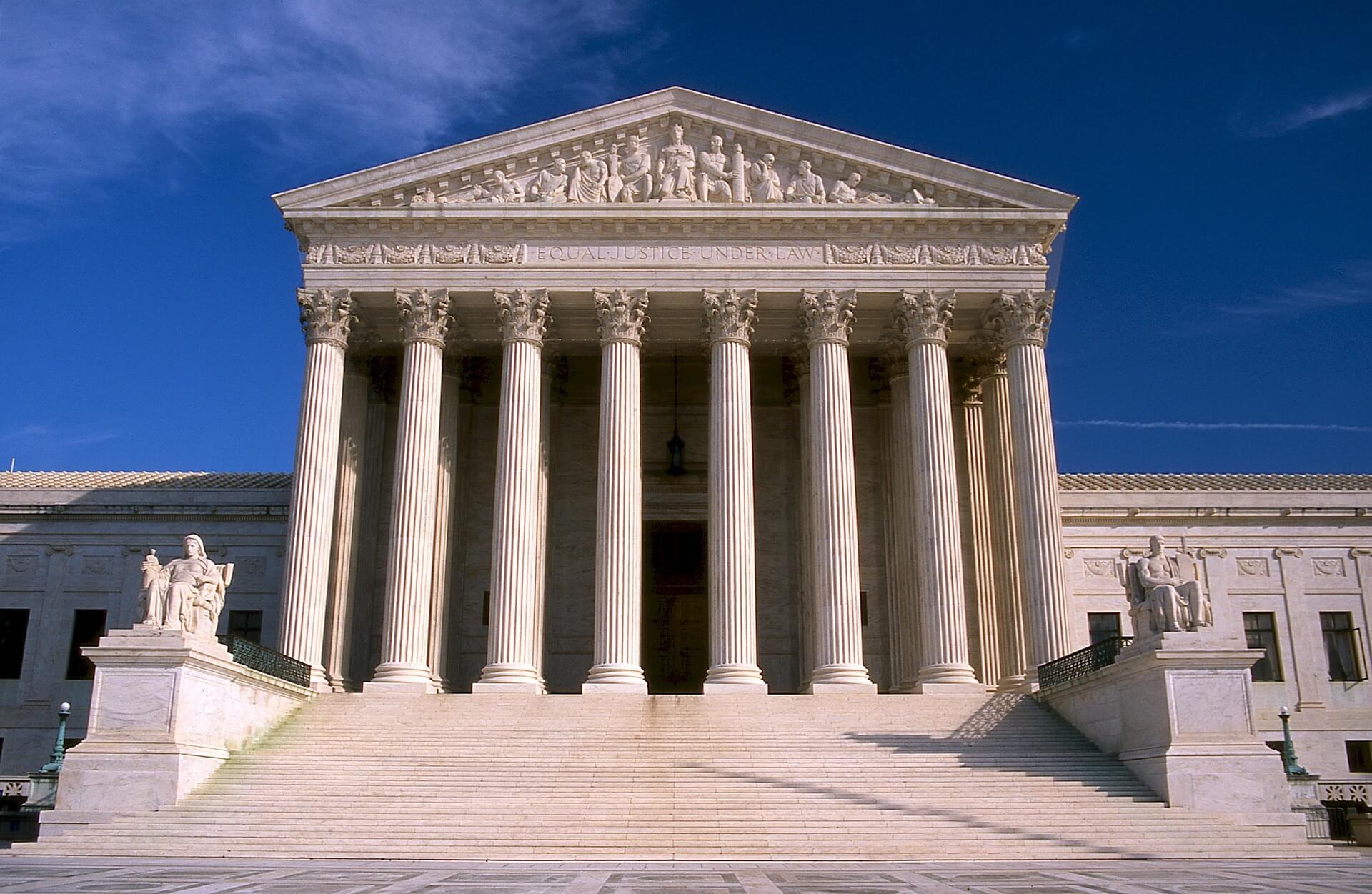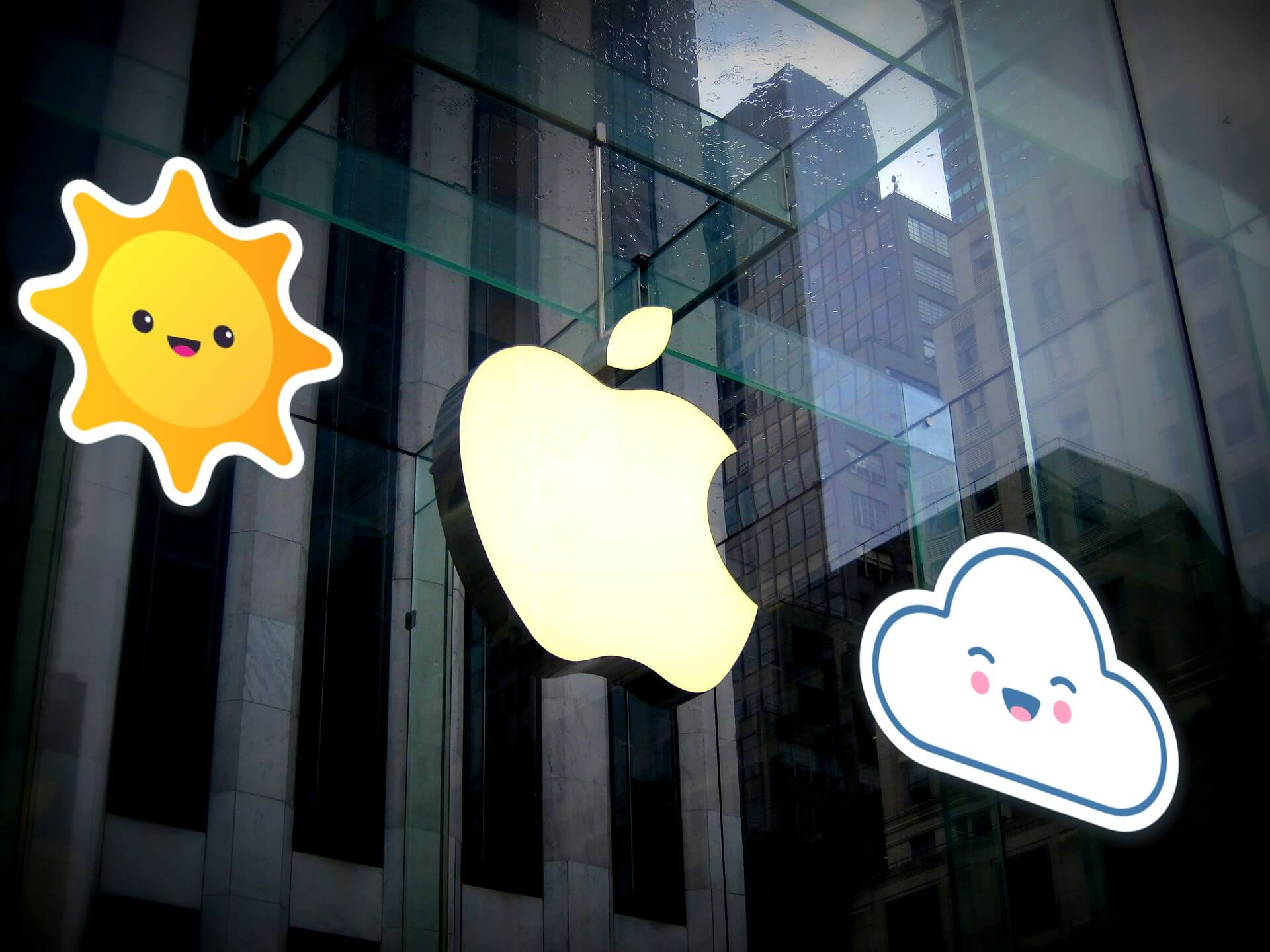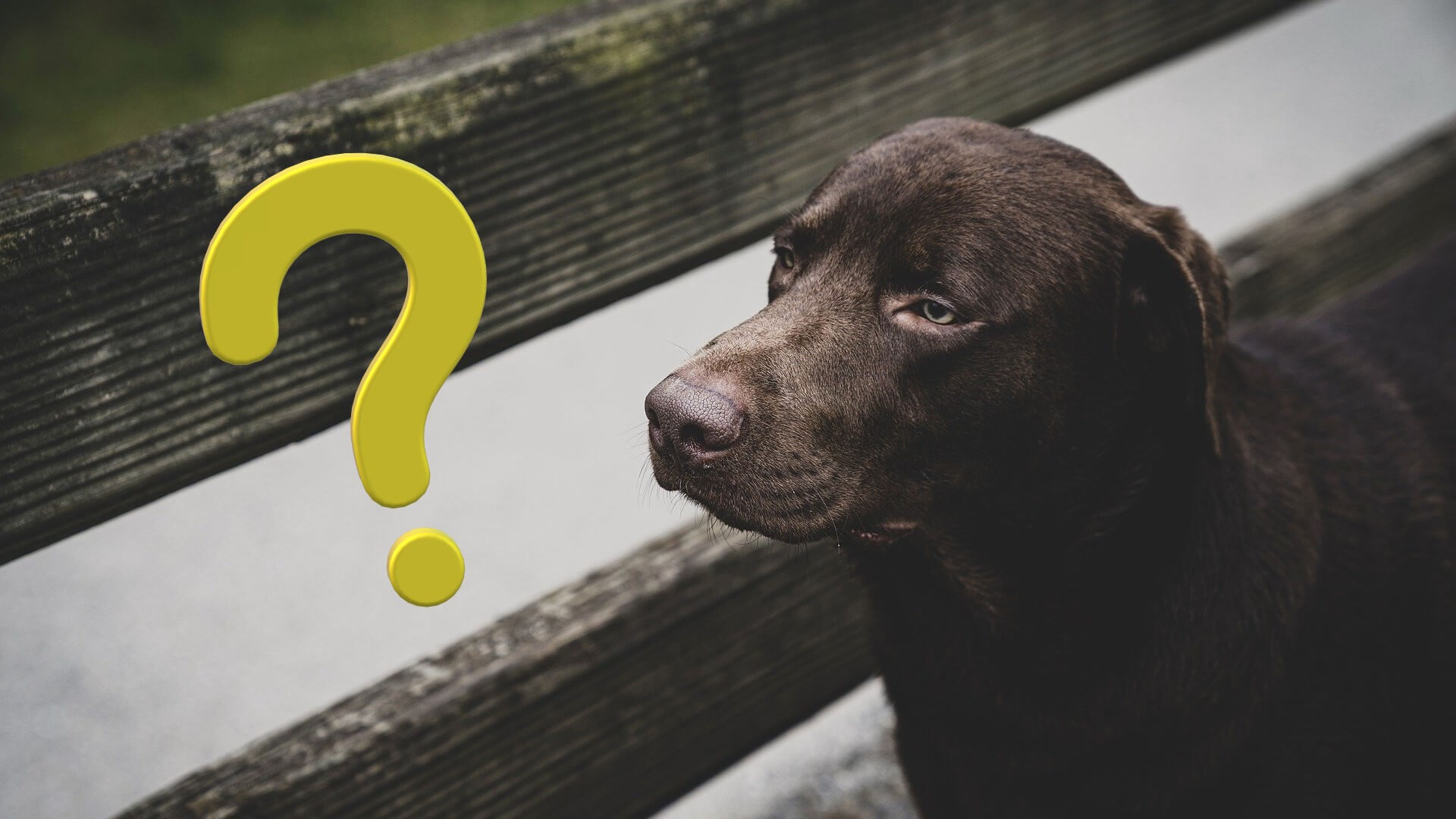“Everyone copies!”
There is often a grey area between innovation and imitation when it comes to a highly competitive industry. Nevertheless, you often hear about patent infringement lawsuits and trademark disputes.
Especially in the U.S., lawsuits and other legal disputes are a serious problem for business owners. If you once get served with a complaint, you cannot simply ignore it because your failure to respond will result in default judgment against you. And attorney’s fees that easily go around a thousand of dollars an hour will make you dizzy. As it happens, most accused companies end up settling rather than challenging the allegation of wrongdoing.
There goes potential unfairness. As to intellectual property lawsuits, many business owners lack relevant experience and knowledge, so there are cases where an accuser wields a bogus patent or trademark to threaten a business in bad faith. There are reports of entities that strategically acquire a failing or bankrupt company, obtain its intellectual property rights, and sue a bunch of other companies in the same field to score settlements with a sheer threat of lawsuits.
Of course, not every claim is without merit. Sometimes, you can unknowingly infringe other people’s right. Occasionally, you have to push forward to make profit despite a possible lawsuit that ensues. Nevertheless, it is important to fully evaluate the seriousness of the outcome.
Well, you can possibly avoid a serious problem with a tad bit of caution. You first ought to know what are protected under the intellectual property law.
Simply put, patent protects “idea”, copyright “expression”, and trademark “goodwill”.
1. Patent
We are talking about utility patent here, which is commonly known as patent. It protects an invention, which is to say protecting “a new idea that did not exist before”. Not all new idea is protected because doing so would seriously deter a free competition in the market. Therefore, a grant of patent happened only after a set of strict requirements is met, the toughest among which is that the idea should be “not obvious”.
In other words, an idea that is within an ordinary practice of a person who is skilled in the field is not considered a patentable idea. Consequently, a simple combination of parts that already exist or a straightforward application of known principle will not produce a patent. For example, making of a hybrid automobile, which involves simply adding an electrical motor to an automobile, would not deserve the protection of patent law.
Now the question to ask yourself as to patent law is if your new product is based on ” an ordinary practice” or “a step ahead it”.
2. Copyright
As mentioned above, copyright protects “expression”. Here, expression implies that it can be recorded in writings, pictures, sounds, or videos. Only such things that can be recorded, i.e. expressions, can be protected under the copyright law.
To illustrate, let’s say a company achieved a great success by using a picture of a cat on their product label. Another company can simply copy the idea of a cat label without infringing any copyrights if the company uses a different picture of a cat. The idea of using a cat picture in packaging should be protected by applying for a patent. (Of course, there is nothing new about the idea of using a cat picture in marketing, so a patent grant is unlikely. Instead, you should rely on the trademark law.)
Copyright disputes can occur with regard to phrases used in marketing. Normally, short and common combination of ordinary words are not protected by copyright, but if you copy an entire phrase of another’s headlines in the promotional materials, there can be a problem. To avoid copyright disputes, you can paraphrase. For example, a catchphrase, “what you must bring to your second marriage”, may be protected by the copyright law, but you can simply use a different phrase with a similar meaning such as “you should bring this if you ever marry again”.
Now the question you must ask yourself is “if there’s a virtually identical expression”.
3. Trademark
The last one is trademark. In fact, the above hypothetical case of a cat printed product has a trademark issue. If a company starts to use a cat on its product label and consumers starts to associate a cat label with the company, then it can be said there is a goodwill attached to the use of cat on label. That is, consumers start to prefer a product with a photo of a cat on the product because of past experience. As such, you cannot avoid the trademark infringement even if you use a different photo of a different cat photographed by a different person.
To consumers, it’s all the same cat label. And in this case, the cat photo is a trademark. So, you need to remember that not just brand names or logos are trademarks. There is a caveat in trademark protection. The existence of goodwill is very subjective and hard to prove. Therefore, it is a common business practice to register a trademark with the United States Patent and Trademark Office (USPTO).









